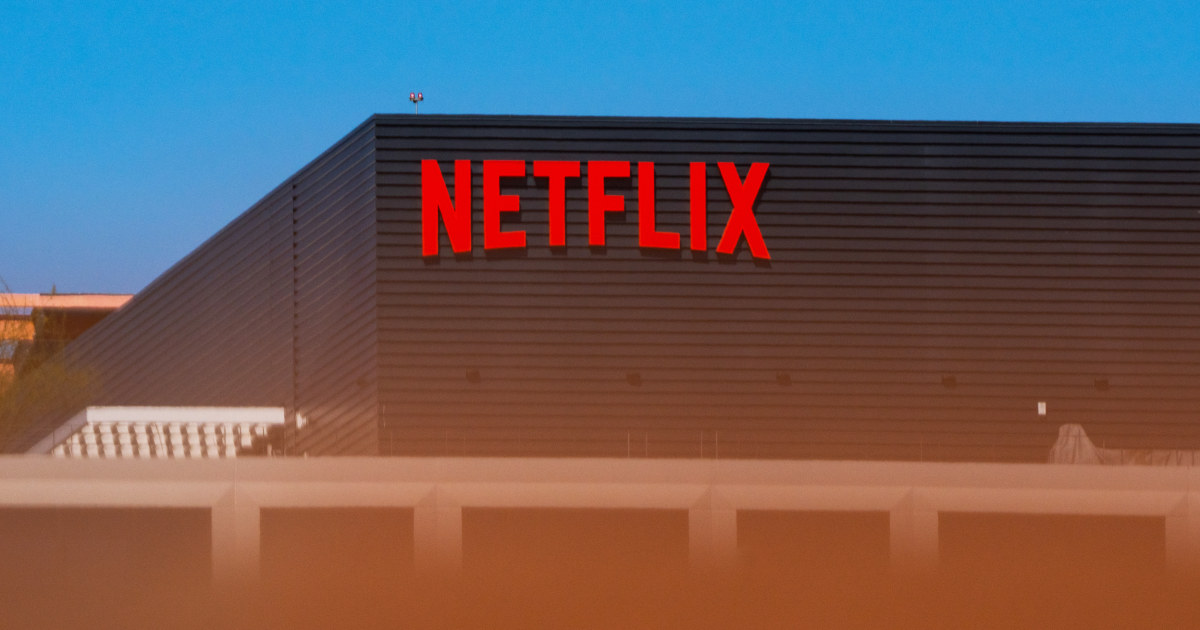Inflation hits new 40-year high of 8.5% due to war, rising rents
U.S. inflation data hit multiple highs last month amid soaring gasoline prices and dizzying rents, to 8.5%, the Bureau of Labor Statistics reported on Tuesday.
A survey by financial data group FactSet has predicted that inflation for March will come in at 8.4% year-on-year – the highest level since December 1981 and up from 7 .9% of February.
Although gas prices have begun to trend downward recently, this change is not reflected in the inflation figures for March – a month that saw record high prices at the pump. Gasoline prices rose 48 percent year-on-year and 18.3% higher than in February, BLS said.
Meanwhile, rents have now experienced eight consecutive months of increases and are now well above their pre-pandemic trend. Rents rose 4.4% in March year-on-year, compared with 4.2% in February. Average rent for a two-bedroom home in the US is currently around $2,000, according to research from Rent.com – increased 22% over the same period last year.
“The strong wage increases are not matched by the higher costs that households are facing in terms of rent, food, electricity, gasoline and a pervasive list of both goods and services.” Bankrate.com’s director of financial analysis, Greg McBride, said in a note Friday. “American purchasing power is getting tighter every day, and you can see this reflected in indicators of consumer sentiment.”
McBride is referencing recent data from the University of Michigan’s Consumer Sentiment Index, which measures how people feel about the economy and their personal finances, and fell to 59.4 in March, compared with 84.9 a year ago. The Conference Board’s Expectations Index, based on consumers’ short-term outlook for earnings, business and labor market conditions, fell from 80.8 to 76.6.
However, “core” inflation, which doesn’t include food and gas prices, increased by 6.5% year-on-year and 0.3% month-on-month – slightly lower than the figures reported by other countries. FactSet analysts expect. The slight reading was boosted by the biggest drop in used car prices since 1969.
The initial market reaction was favorable to those numbers, Bloomberg reported, with US stock prices and bond yields surging and the dollar erasing early losses.
Fed is expected to raise interest rates
All indications are that the Federal Reserve is moving ahead with plans for a series of rate hikes to help slow the economy and fight inflation. Last month, it raised its key federal funds rate from near zero to a range of 0.25% to 0.5%. It is currently projecting at least six more rate hikes this year.
Higher deposit rates have affected mortgage lending volumes. Some of the major banks of the United States are tightening their credit requirements for consumers looking for home loans.
However, some economists now say that the Fed is facing inflation that it cannot easily control. The energy price shock from Russia’s invasion of Ukraine, coupled with ongoing supply chain constraints from the pandemic, means commodity prices could be higher.
As a result, that is pushing consumer expectations for future inflation higher.
“The longer high inflation persists, the more it is affected by wages and other contractual arrangements,” said Alan Blinder, former vice president of the Federal Reserve and an economist at Princeton University. reported in the Wall Street Journal last week. “When workers see inflation coming, they want to be compensated. And once higher inflation expectations are entrenched, they affect the setting of prices and wages throughout the economy, causing soft landing is harder to achieve.”
Jason Furman, former chief economist for the White House, wrote last month that the Fed will be lucky if it can pull inflation back to 3% annually.
“If inflation settles there, it will be very difficult to bring it down again,” he said, adding that doing so could technically require a recession.
“The Fed should make it clear that it will continue to raise rates steadily as long as inflation remains significantly high and the job market does not worsen,” Furman said. “This kind of data-driven, soft-forward guidance should help tighten financial conditions today.”
Household Feedback
Other economists are more optimistic about whether households can absorb higher inflation.
“We see a number of notable factors helping households today,” said Wells Fargo economists. “Households are in a good financial position and this should not be ignored,” the note read, concluding: “Wage growth has been robust and shows little sign of slowing amid demand.” This is a boon for households even if current inflation eats into most of the recent earnings.”
Wells Fargo highlights that the personal savings rate rose to 6.3% in March. Since this is lower than the pre-pandemic rate of 7.8 percent, it means a drop in “excess” savings. The bank estimates that there is still about $2.3 trillion in excess savings left.
“We expect a decent portion of that to be used by households if they want to rely on it,” they said. “More simply, we would expect households to save less in the near term to offset some of the impact on purchasing power from rising inflation. Otherwise, spending could fall more than they do. I forecast the current.”
Soft landing?
There is at least one sign that inflation may cool sooner than expected, given a slowing housing market and an improving outlook for semiconductor supply. Recent used car sales data shows car prices have now fallen for two straight months, According to Cox Automotive’s Manheim Market Report.
Ian Shepherdson, chief economist at Pantheon Macroeconomics, said if the end of the upside in that sector could move elsewhere and start to weigh on wages, inflation could even return. below current Federal Reserve expectations. Second.
“The idea that overall core inflation could return to 2% next year – even if rent inflation remains hot – is completely justified, if you believe that improvement chip supply will trigger a rate reversal, while wage growth is slower he writes: easing pressure in much of the non-rental services sector.
In other words, Shepherdson suggests that a better outlook on inflation could help semiconductor supply return to normal and wages stabilize to the point where consumer prices begin to cool.
While he expects core commodity inflation, which does not include autos, to remain high until supply constraints ease, he writes that those components account for less than 10% of the inflation figures. “core”.
“We think [readings of inflation expectations] too much emphasis on the recent past,” he wrote. Everything changed. “
at Blogtuan.info – Source: nbcnews.com – Read the original article here



